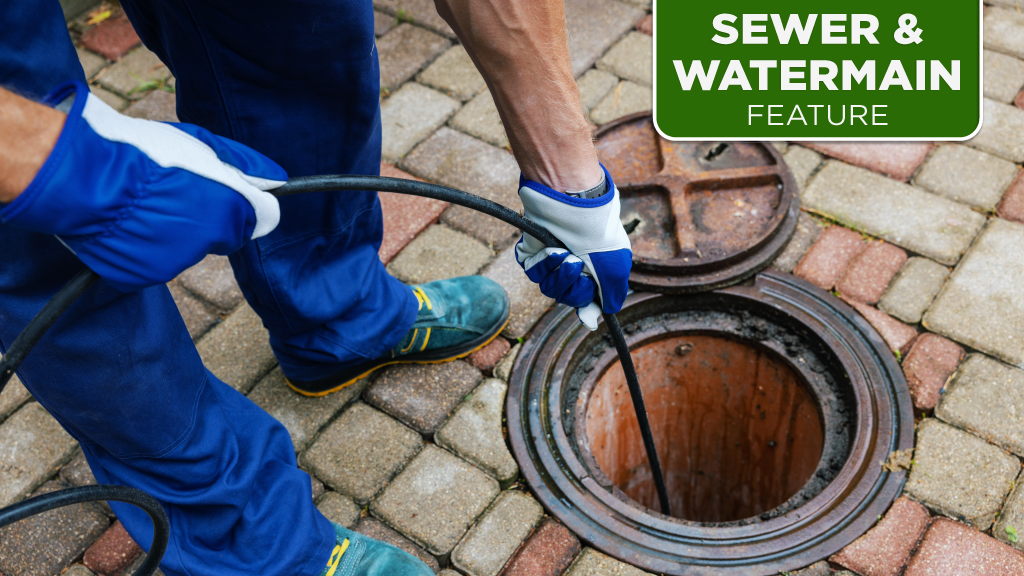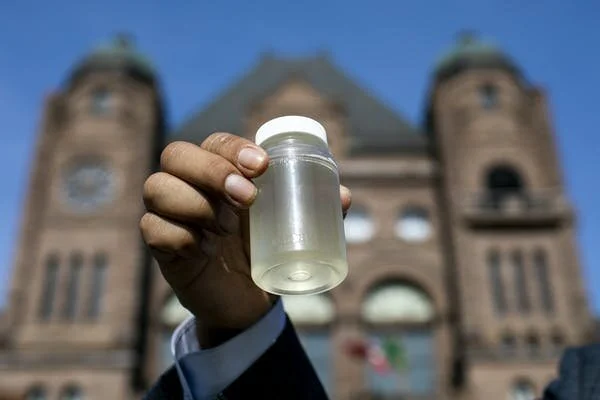Medicine Hat will test drinking water for asbestos fibres
The city says it’s taking action to address concerns about what may be in our water supply. An investigative piece by CTV’s W5 last month shed light on how fibres from aging asbestos-cement pipes could be entering municipal water supplies. In response to the piece, the city posted an information page about asbestos and why municipalities currently don’t test for it in the water.






